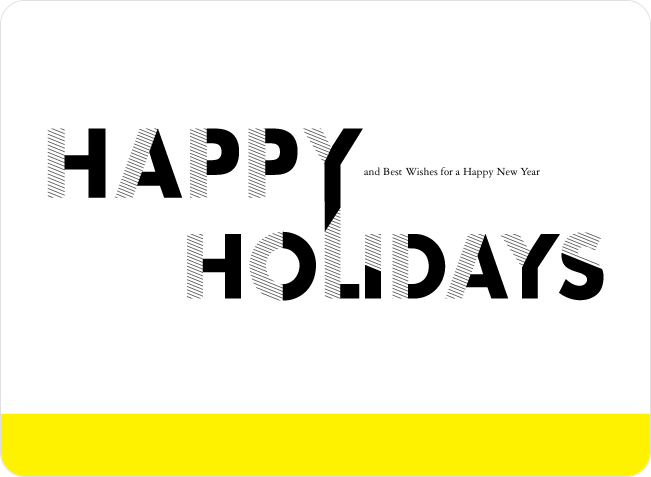Avant Garde Black Font With Stroke

Authentic Success Robert Holden Pdf To Jpg. 'Font' used to refer to a complete set of characters of one typeface (set of characters that share a common design structure) in a specific size and style. So for a typesetter from 40 years ago, a typeface would be Times New Roman, a font family within it would be Times New Roman demi-bold, and a font within that would be 12-point Times New Roman demi-bold. Since the advent of digital media, the two terms are considered synonymous, particularly since outline fonts are indifferent as to size.
Arial, sometimes marketed or displayed in software as Arial MT, is a sans-serif typeface and set of computer fonts. Fonts from the Arial family are packaged with all. Abstract Expressionism. Asal Tamil Movie Hd Video Songs Free Download. An artistic movement made up of American artists in the 1940s and 1950s, also known as the New York School, or more narrowly, action painting. In modern usage, with the advent of digital typography, 'font' is frequently synonymous with 'typeface', although the two terms do not necessarily mean the same thing.

Modern computer fonts are stored in font description files, which contain the information for rendering the font on the screen (or on a printed page). There are several formats for font description files, with Bitmap, TrueType, OpenType, and PostScript being the most widely used (with TrueDoc, Embedded OpenType, Web Open Font Format and SVGT being variants that can be embedded in web pages). Bitmap fonts have glyphs as, well, bitmaps, at different point sizes. Most of these have only one bit to tell the system if a specified pixel is used by the character or not.
Most systems will allow you to use bitmap fonts at point sizes other than what the font has, but results aren't pretty. PostScript fonts are the first vector-based font, used by printers that supported the PostScript language. The first iterations of and couldn't actually show them on screen, so a bitmap version of the font was still needed. Adobe Type Manager, available for Mac OS and Windows, would let you see the fonts (even anti-alias them), but current versions of Windows and Mac OS do this by themselves. TrueType was made by Microsoft and Apple to compete with PostScript and a bitmap font is not needed.
(Microsoft and Adobe eventually made the similar OpenType format as a replacement for TrueType.) It also uses a different way of doing curves than PostScript. In order to correct visually uneven spacing between two particular characters in a font, there is a process called kerning.
It adds or subtracts space between characters. It can be confused with letter-spacing or tracking, which refers to the amount of space between letters in a piece of text.
Tight spacing usually benefits large types, but it has a subjective feeling ('fast talking like in advertising') whereas wider spacing increases legibility of small fonts, and creates an association of a more “objective voice”. In excess, the text can look affected. And just for the fun of it, ◊. Conversely, if you want to know what that particular font is, try Identifont.com; its success record is often hit or miss, but it's probably the best resource out there nevertheless.
You can, if you wish, make your own fonts; it used to be a rather expensive hobby, but the availability of free tools like, and the Web-based has made it much cheaper. (It is, however, a very tedious process, especially if you're including multiple character sets; don't say you weren't warned when you're having nightmares about botched kerning and splines stretching like taffy off the screen to strangle you.).